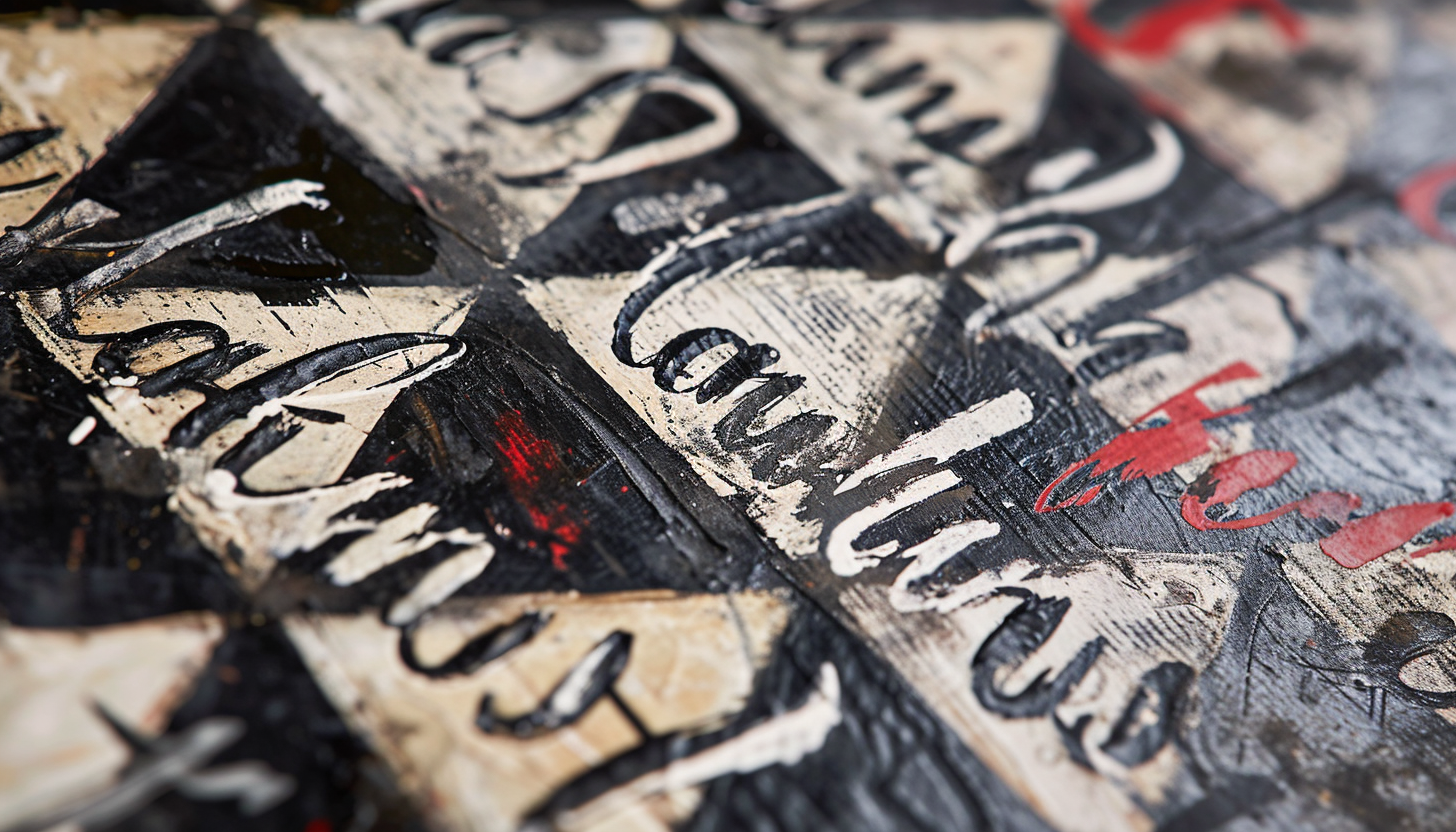In de 10e ronde van het Nederlands kampioenschap 1963 in Apeldoorn neemt Geert van Dijk (r.) het op tegen koploper Pieter Bergsma. Piet Roozenburg observeert hoe de concurrentie het doet.
Photograph: Nationaal Archief
break-out 2 Beeke - Van Dijk
Beeke Henk - van Dijk Geert Evert (06-04-1963)
It was on Saturday, April 6, 1963, that I had the privilege of traveling with my mentor R.C. Keller to Utrecht, where the second round of the Dutch National Championship tournament was held in the CSB building on the Kromme Nieuwegracht. Of course, I was particularly excited to see Piet Roozenburg, the legendary world champion of 1948-1954, who was making his comeback to the highest national stage after a long absence—he had not played in the championship since 1954. It was also the first time I would see Roozenburg in person, and the first time I attended a round of the national championship tournament. I must say, Keller and I couldn't have chosen a better day to attend because, on that second day, Roozenburg played his groundbreaking, devastating attacking game against Gordijn!
However, what I particularly want to highlight here is an incident that occurred around the middle of the round. I was, I hope at his request, engaged in conversation with Keller when Beeke, who had briefly left the board where he was playing against Geert van Dijk, walked by. As he passed the press table, Beeke, speaking in a quiet tone but still loud enough for my then-young ears to hear, said the historic words:
"Van Dijk can take a king."
I still remember exactly how he said it, and not any other way. This is partly because of the phrase "take a king," a term that was completely unfamiliar to me at the time and which I myself have never used to this day. I would say "take a combination," "take a capture," or "combine to king," but "take the king"—I had never heard of it. (Except, of course, from Beeke.) But his statement was, of course, absolutely correct:
(J.H. Beeke-G. van Dijk 1963)
(This, however, would not have been the case if White had played 35.49-43 instead of 35.40-35—though 35.27-22!? seems both safer and, above all, much more logical. In that case, the endgame after 41.44-39/40-34! etc. appears to lead to a draw. But in 1963, no one had heard of computer programs like Kingsrow.
As mentioned, this is an exceptionally surprising and rather hidden combination, of which I have found exactly one other example in the entire draughts literature. I am referring to the fourth and final international match game between Clerc and Tsjizjov in 1989. The 11x11 position in that game differed in only three aspects from Beeke-Van Dijk 1963. In Clerc’s game, the pieces on 44 and 49 were positioned on 43 and 48, and it was Black to move instead of White. However, it was precisely the presence of White’s golden piece that neutralized the combination: after Tsjizjov’s 33…23-29 34.34x23 17-22, Clerc could simply capture with 28 (35.28x17* 11x31 36.37x26 19x37 37.42x31), leading to a peace agreement just two moves later (37…6-11 38.38-32 11-17).
By now, you must be wondering with growing curiosity how the game between Beeke and Van Dijk continued. Well then. Once again, just as in 1957, Beeke proved to be sharper than his renowned opponent. (Though, given that he only realized the possibility of 35…23-29!! too late, one might also call it 'l’esprit de l’escalier'.) Because Van Dijk completely overlooked the combination! The player from Bennekom played
There are two reasons why I was determined to preserve this memory from oblivion. The first is that the incident vividly illustrates the sharpness and alertness I associate with Beeke’s play—however unpolished it may have been at times. But there is also another, entirely different reason.
Due to a typographical error in the Tournament booklet of the 1963 Dutch Championship, this game has also been incorrectly recorded in Turbo Dambase and Toernooibase. Instead of 34.43-38, White is mistakenly shown playing the horrific 34.42-38??. As a result, it appears as if Beeke and Van Dijk were never in a position to King at all, with Van Dijk seemingly failing—four times in a row (34…23-29 +; 35…23-29 +; 37…24-29 +; 40…19-23 +)—to execute an elementary combination that Beeke inexplicably kept allowing.
Of course, none of that actually happened. And that needed to be corrected—then, and still now!)
[Click here to return to the main analysis.]
Have you seen a (spelling) mistake? Mail to [email protected].
